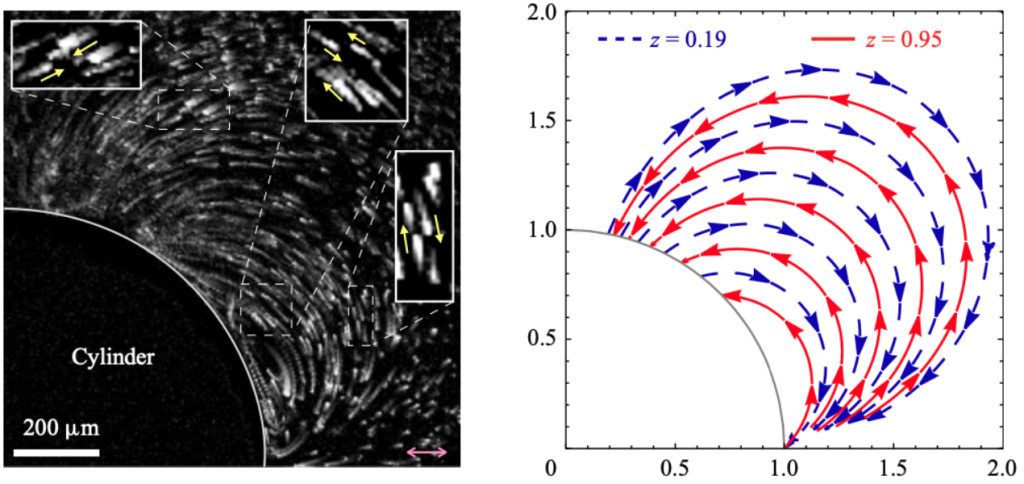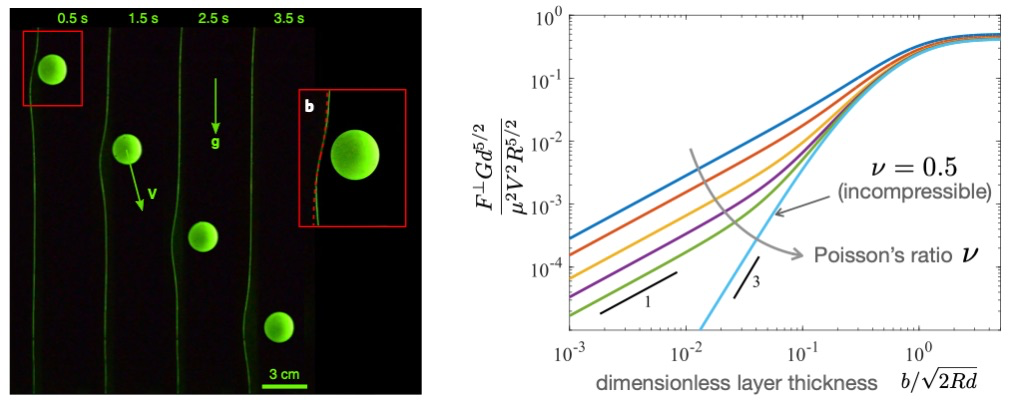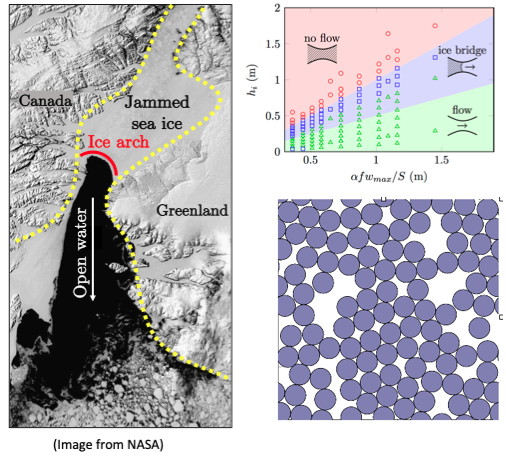Acoustically driven flows

Inertia usually plays a small in microfluidic environments. We reactivate inertial effects by applying high-frequency sound to drive rapid and complex flow phenomena. We understand these phenomena using experiments, theory and simulations. We use this understanding to design particle sorting and mixing devices for microfluidic applications.
Particulate flows

Suspended particles or biological cells, when placed in the flow, don’t simply follow the flow. Instead, they may drift, deform, collide with walls and interact with each other, and stick to things. We understand these phenomena using theory, computational models and experiments, and seek to exploit them in application ranging from acoustic sorting of inertial particles, to the manipulation of cells in biological systems.
Fluid flows in deformable environments

Interactions between fluids and soft surfaces are common in both engineered and natural systems, with examples including the flow of blood in capillaries and the design of artificial lubricated joints. We are studying the frictional properties of textured soft materials, and their application in the design of robotic grippers.
Sea ice mechanics and flow

Sea ice forms from freezing ocean water and is transported by wind and ocean currents. Sea ice exhibits features of flowing granular media at the scale of individual chunks (floes) and that of a rheological fluid on planetary scales. We are connecting these scales through a combination of particle-based and continuum modeling that bring together various ideas from hydrodynamics, granular physics and climate science.